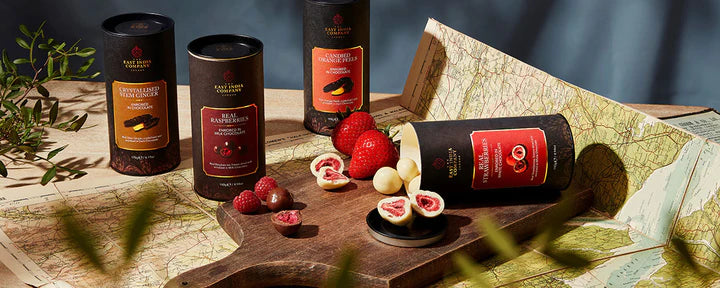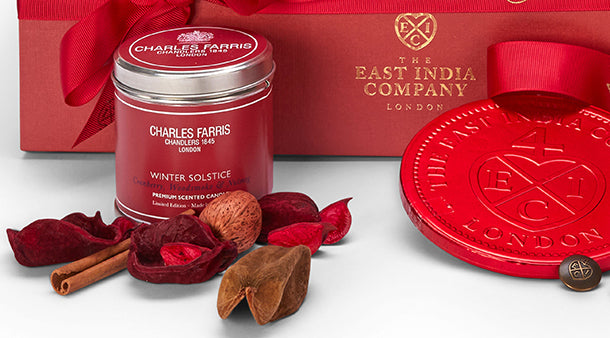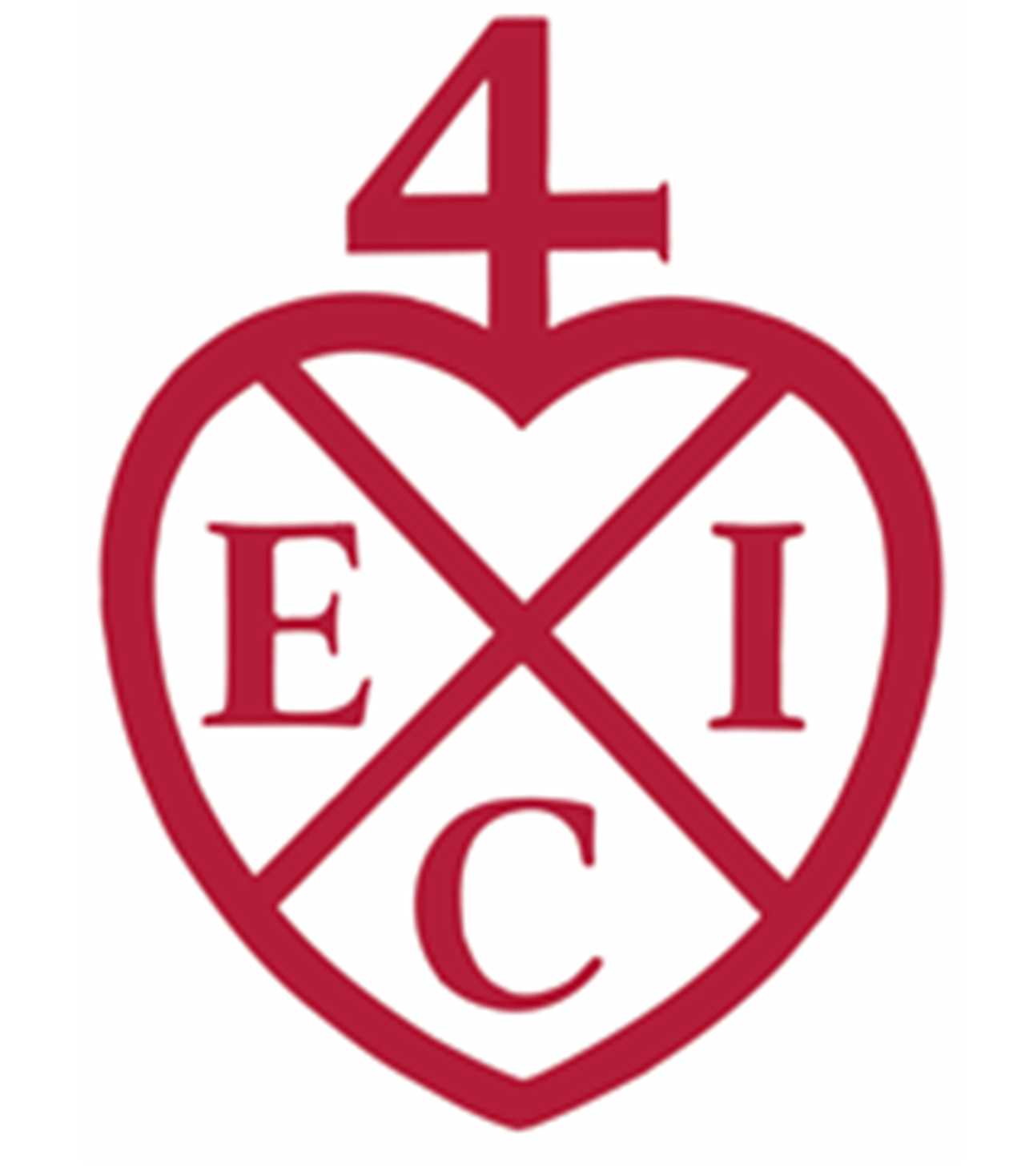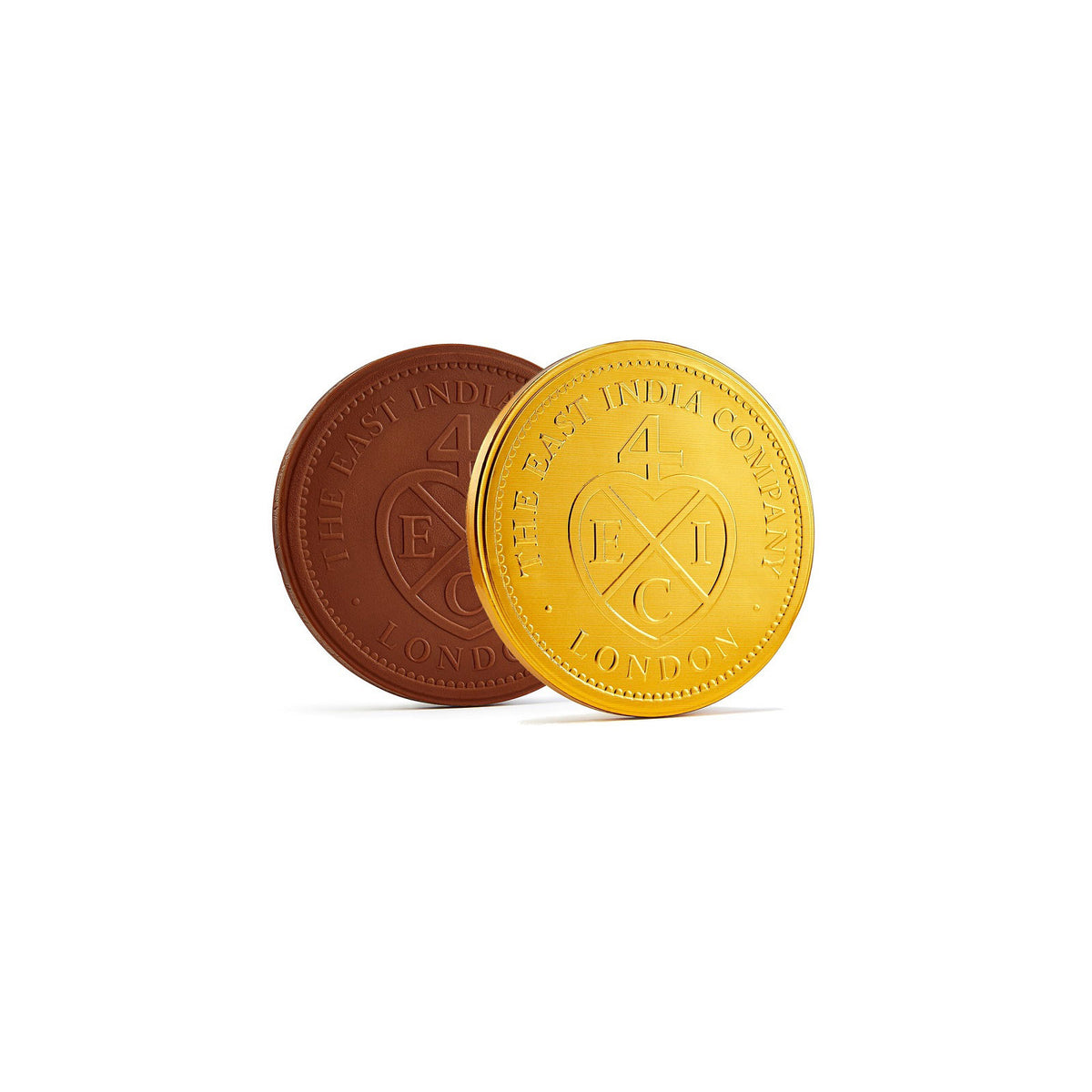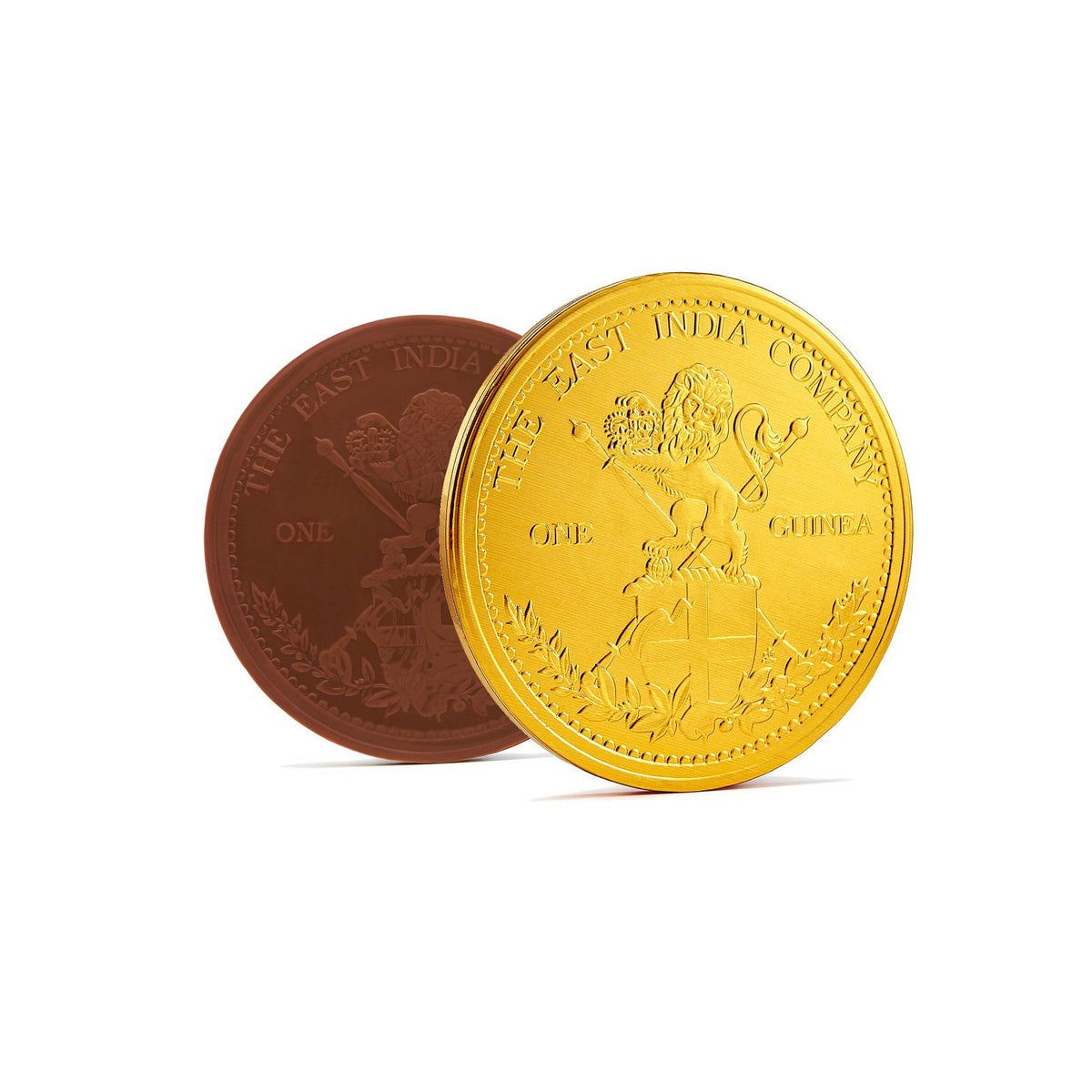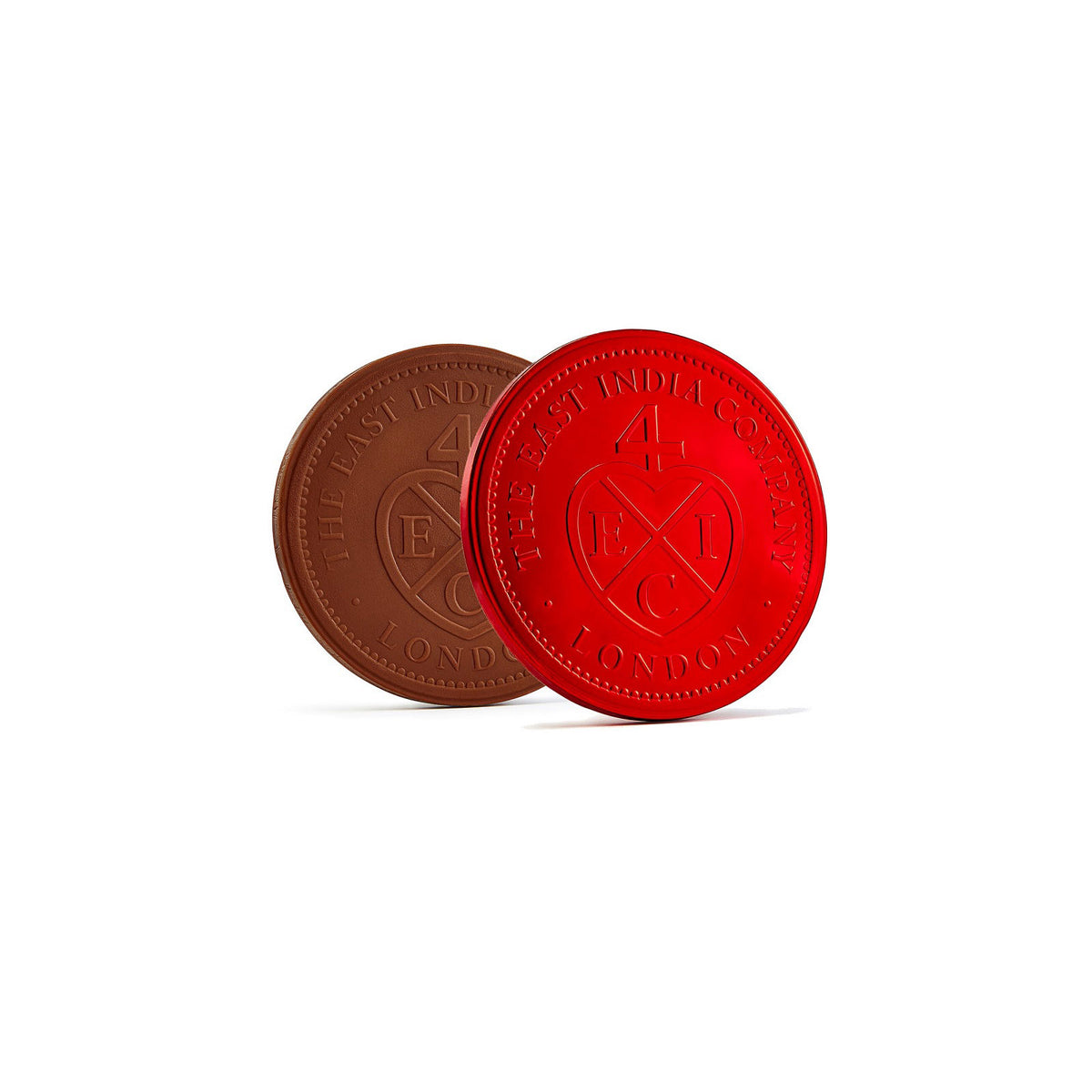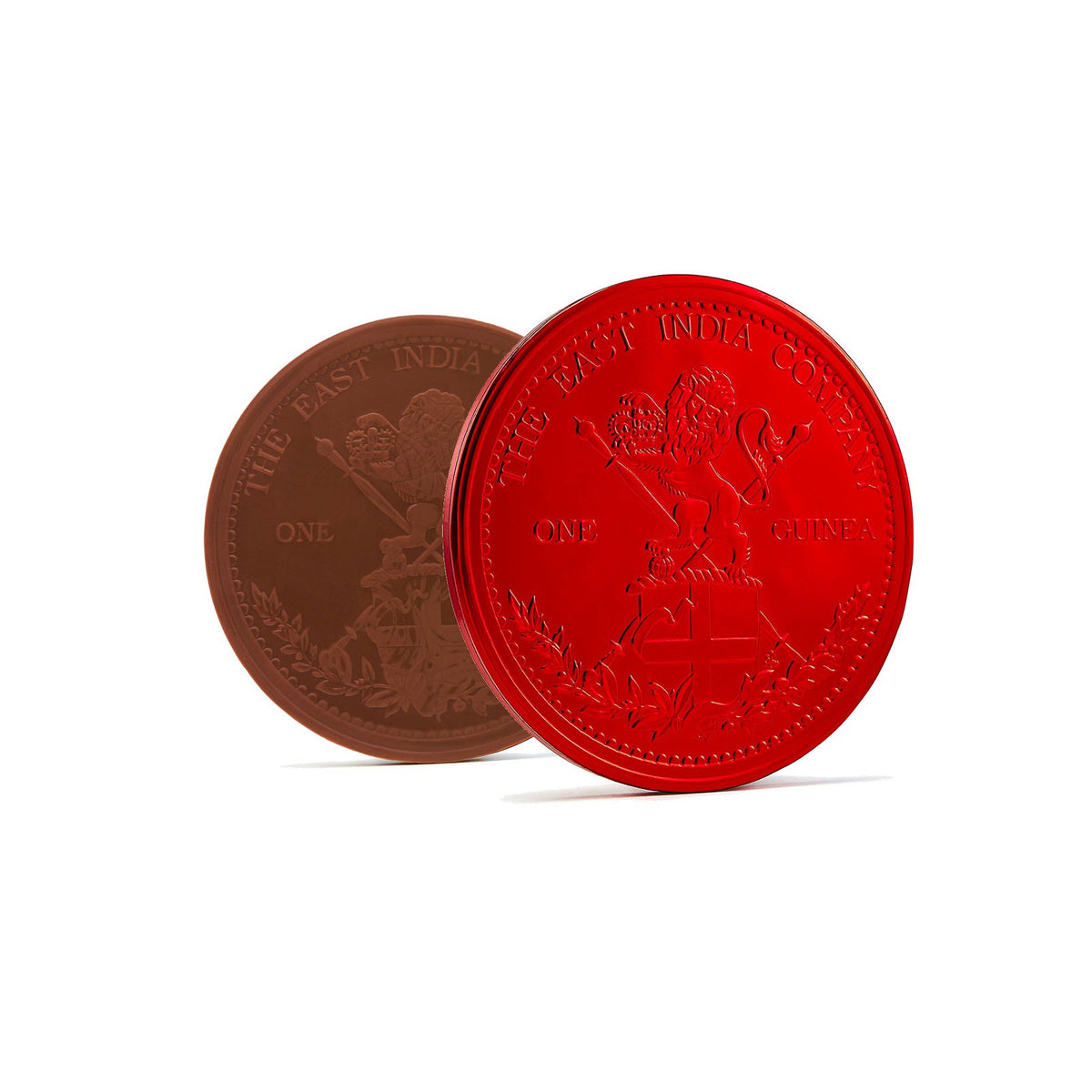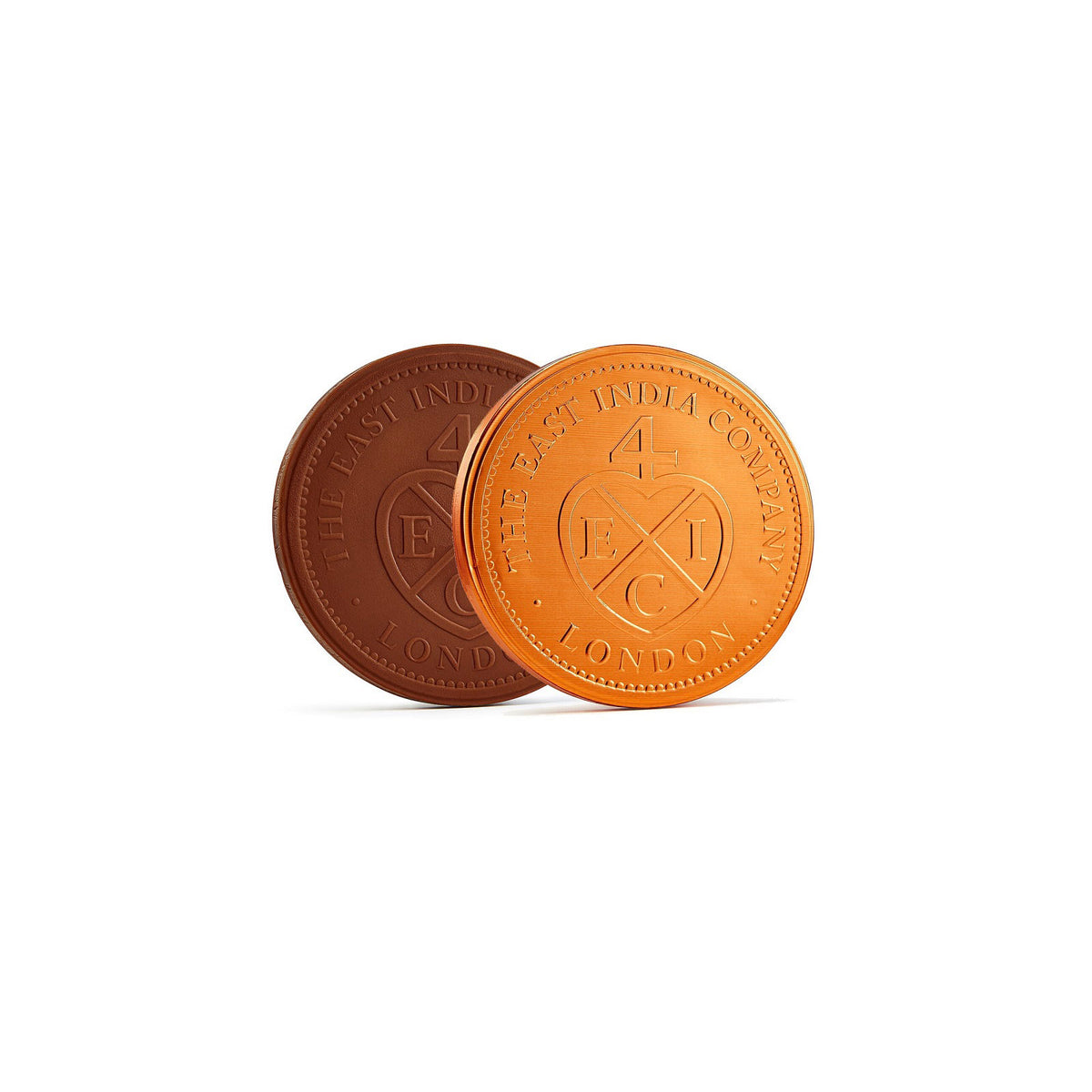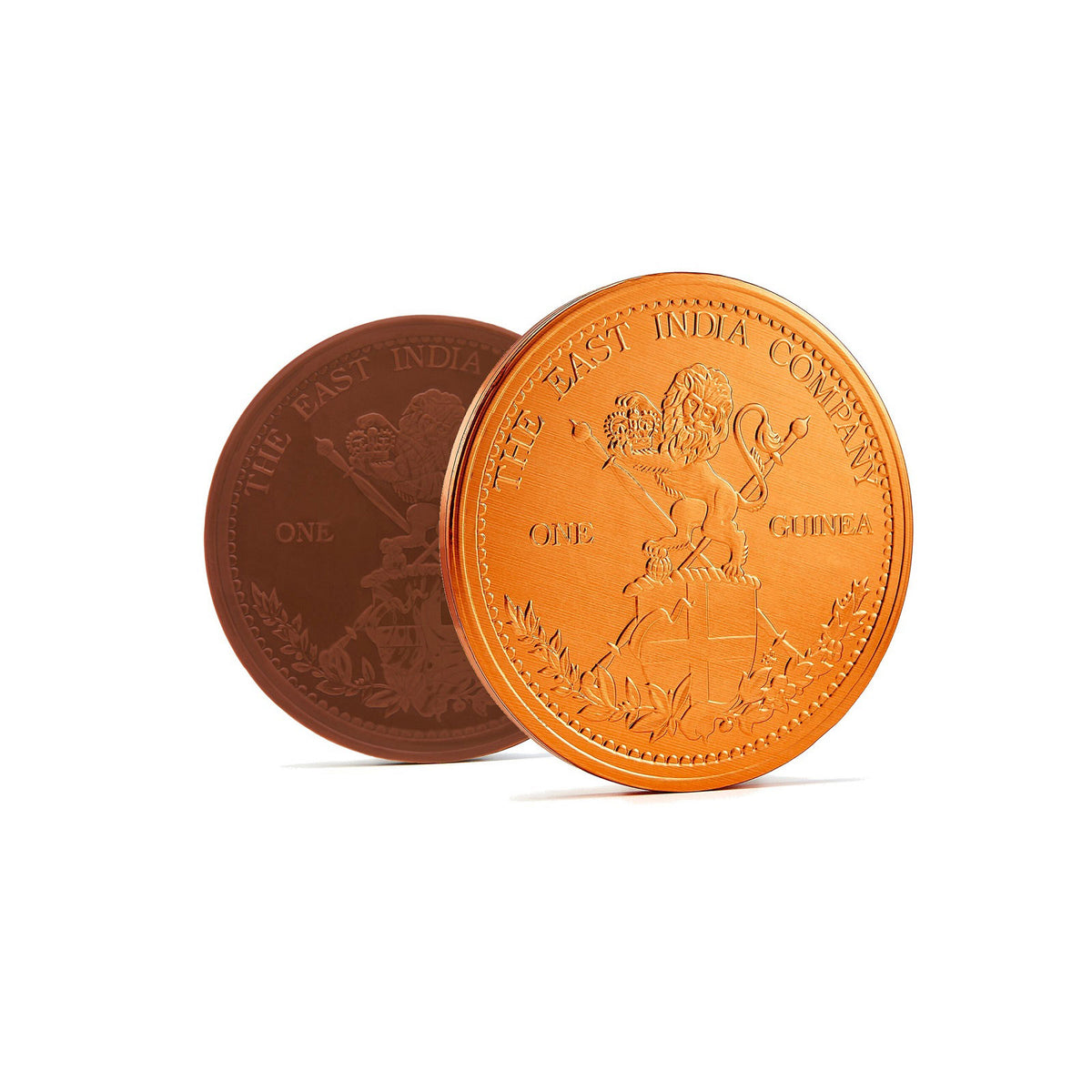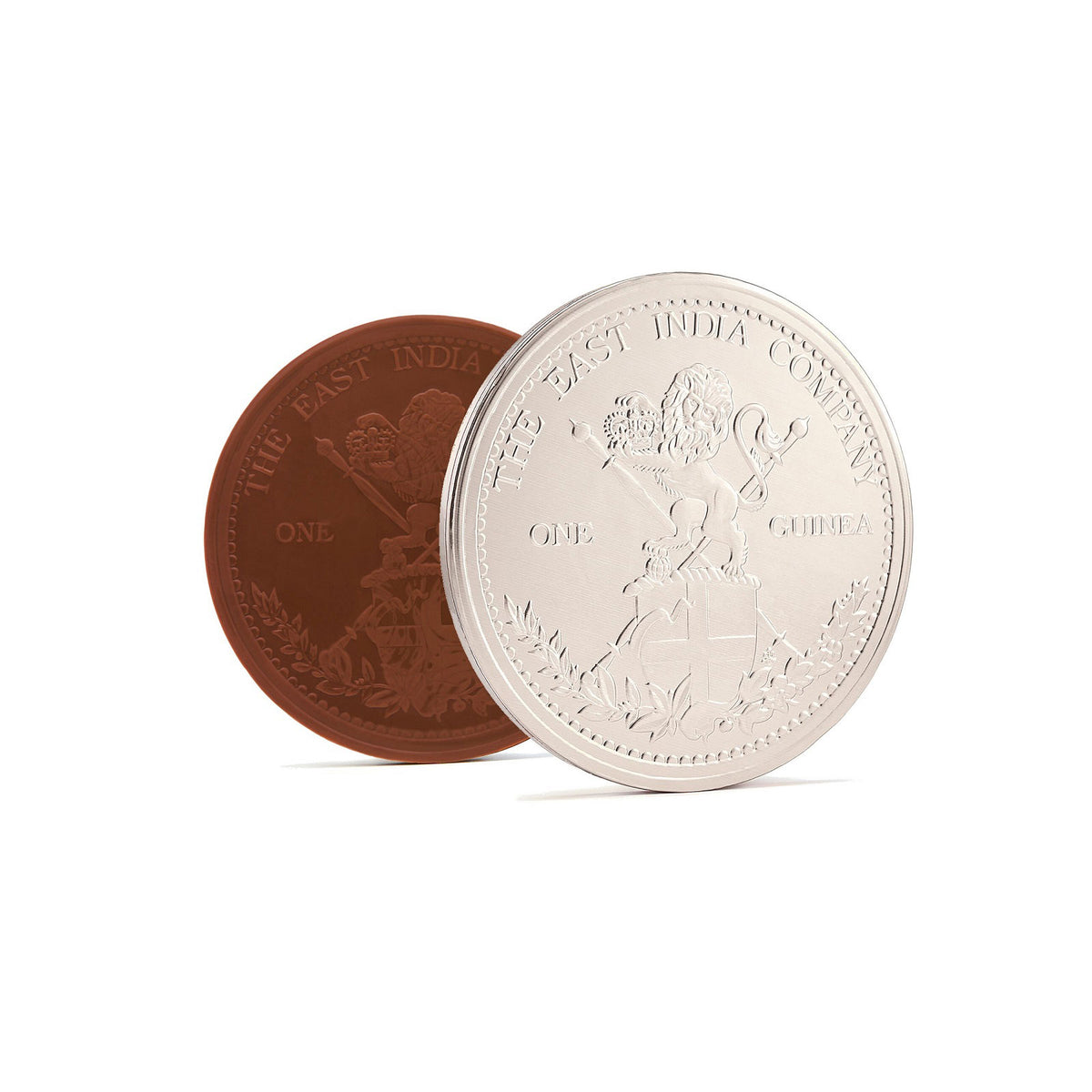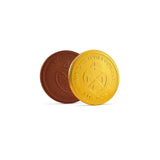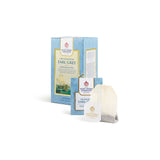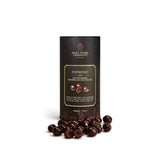Stories
The Story of the Guinea Gold Coin
The coin contained about a quarter of an ounce of gold of high purity. Much of the gold was sourced from the then West African region of Guinea, hence the name. Originally worth £1 or 20 shillings, it fluctuated with the value of gold relative to silver, but in 1717 its value was again fixed at 21 shillings, or £1.05, until it ceased to be minted any more in 1841.
With its aristocratic overtone, many professional fees were quoted in Guineas up to the decimalisation of British currency in 1971. The term Guinea is still used in the transaction of luxury goods. The pricing of livestock and racehorses at auction is still quoted in Guineas but paid in pounds, with the 5p difference traditionally regarded as the auctioneer’s commission.
Now, 300 years after first being given the right to mint its own currency, the modern East India Company has secured the right to mint legal tender coins for the island of St Helena, once ruled by The Company.
One such coin is the 2020 Military Guinea, featuring the motifs and features inspired by the most beautiful of King George III’s Guineas, the original Military Guinea struck specifically for the Duke of Wellington’s army searching for Napoleon in France. Locals in the Pyrenees insisted on payment in gold and so, this special Guinea was struck to pay for supplies and support resulting in its reference as the ‘military’ Guinea.

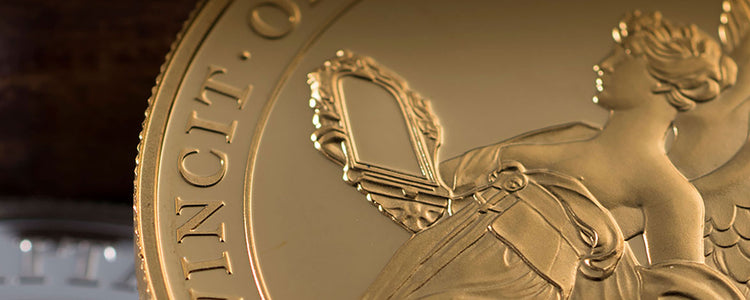
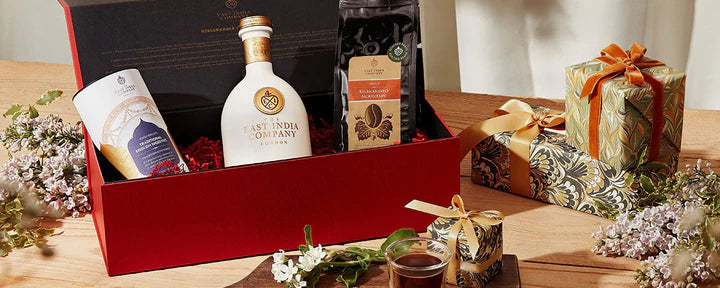
 Ceylon / Sri Lanka
Ceylon / Sri Lanka Assam, India
Assam, India Japan
Japan Taiwan
Taiwan Nepal
Nepal China
China Kenya
Kenya Egypt
Egypt South Africa
South Africa